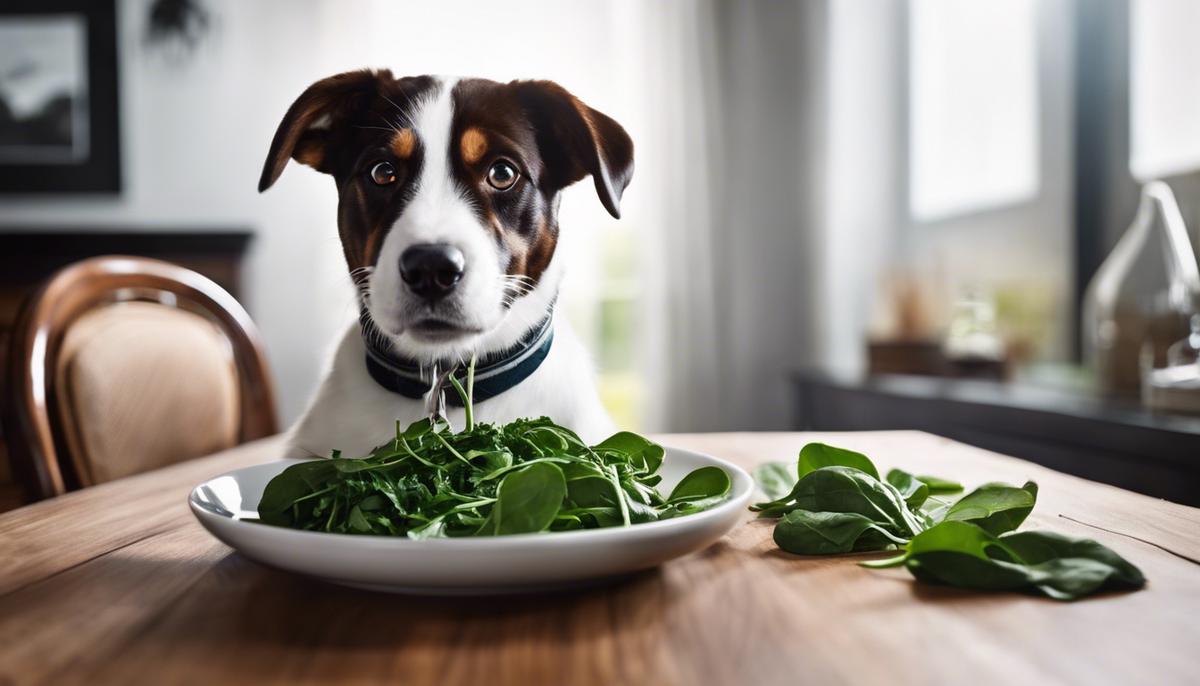As responsible dog owners, we continuously seek ways to ensure the health and happiness of our furry companions. Among the plethora of dietary options and supplements, spinach emerges as a nutrient-rich vegetable that may offer significant benefits to our dogs. This leafy green is not just a human superfood; it's packed with a medley of vitamins and minerals, such as iron, fiber, and vitamins A, C, and K. But can our canine friends enjoy spinach just as we do? This discussion delves deep into the nutritional advantages of incorporating spinach into a dog's diet, exploring how it may boost immunity, improve digestive health, and contribute to a lustrous coat. However, as with any addition to a pet's meal plan, it's crucial to consider both the upsides and the potential pitfalls.
Are you looking for the best food for a Shih Tzu? Shih Tzus are a delightful and affectionate toy breed known for their luxurious coats and charming personalities. These small dogs have a lively and friendly disposition, making them wonderful companions for individuals and families alike. Shih Tzus typically weigh between 9 to 16 pounds and stand at a height of 9 to 10.5 inches at the shoulder. Their energy levels can vary from playful and active to calm and relaxed, depending on the individual dog's temperament and age.
As a pet owner, you may have heard about the potential benefits of a raw food diet for dogs. However, before making such a significant dietary change, it is important to consider several factors. Keep these things in mind before giving your dog raw food.
In the ever-expanding landscape of dog diets, the question of "Can dogs eat sweet plantains?" brings forth a blend of curiosity and trepidation. Let's not mince words – yes, dogs can eat plantains, but the devil, as they say, is in the details. Plantains, those larger cousins of the common banana, often relegated to the "exotic" section of the produce aisle, can be a healthy addition to a canine diet if approached with knowledge and moderation.
Let's cut to the chase—can dogs eat oatmeal? The answer is a resounding yes, but with a few caveats that we need to dissect. As a dog owner and a health enthusiast, I've journeyed down the rabbit hole of pet nutrition and surfaced with insights that might just change the way you view your morning bowl of oats.
Carrots are not only a popular and nutritious vegetable for humans, but they can also be a healthy addition to a dog's diet. With their crunchy texture and sweet taste, carrots make for a great low-calorie treat that many dogs enjoy. But can dogs eat carrots? And are carrots good for dogs? Let's explore the health benefits, safety considerations, and different ways you can incorporate carrots into your furry friend's meals.










